Delhi's Historic Treasures Unveiled
Embark on a captivating journey through Delhi's vibrant streets, exploring its rich culture and history on this free walking tour.
Time
3 Hours
Stops
6 Places
Distance
6.3 km
Red Fort (Lal Qila)
Begin your exploration at the iconic Red Fort, a UNESCO World Heritage Site, which stands as a symbol of India’s rich history and the seat of Mughal power.
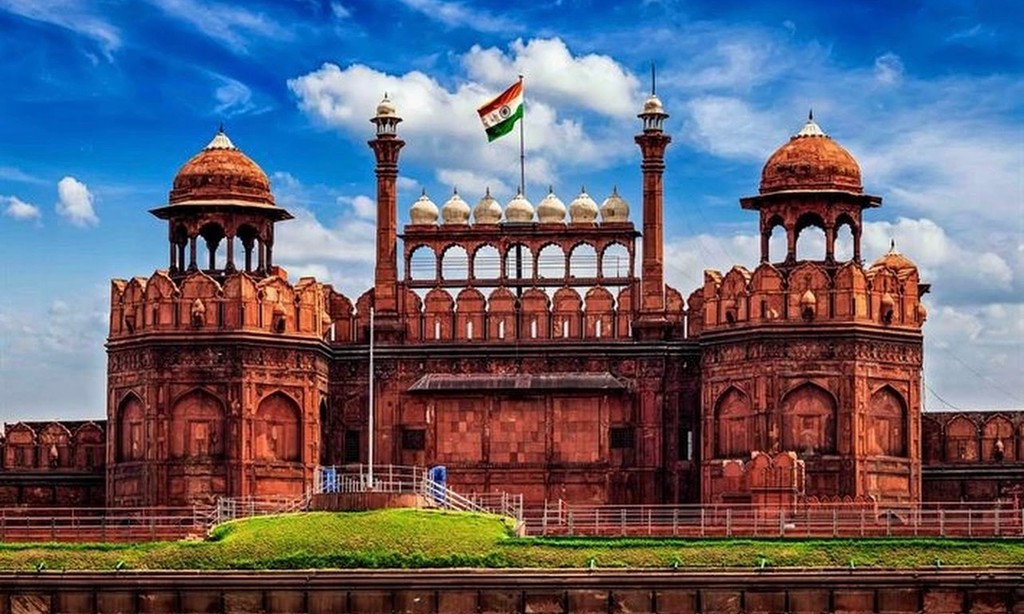
Red Fort (Lal Qila) (Source: Google Maps)
The Red Fort, or Lal Qila, is a UNESCO World Heritage Site and a stunning example of Mughal architecture. Constructed in the mid-17th century under Emperor Shah Jahan, it served as the main residence of the Mughal emperors for nearly 200 years. The fort is renowned for its massive red sandstone walls, intricate carvings, and beautiful gardens. Key features include the Diwan-i-Aam (Hall of Public Audience) and the Diwan-i-Khas (Hall of Private Audience), both showcasing exquisite Mughal artistry. The fort's historical significance is immense, as it was the site of many important events in India's struggle for independence, including the first flag hoisting by Mahatma Gandhi in 1947. Today, the Red Fort stands as a symbol of India's rich history and a must-visit landmark for anyone exploring Delhi.
Gurudwara Sis Ganj Sahib
Located within Chandni Chowk, this Sikh temple is a site of historical significance and offers a peaceful respite amidst the market's chaos.
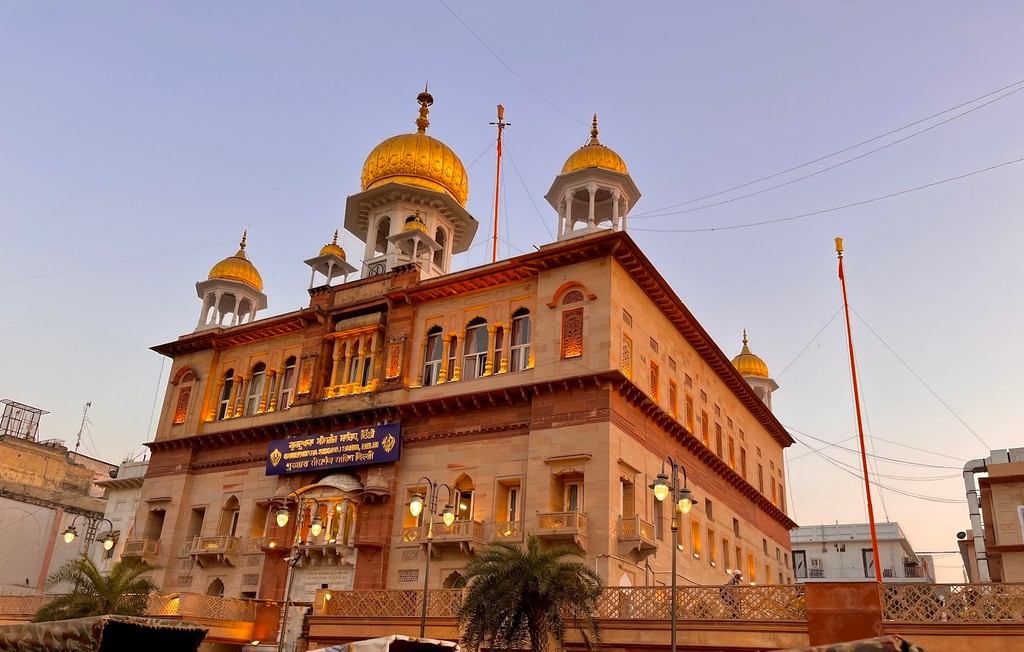
Gurudwara Sis Ganj Sahib (Source: Google Maps)
Gurudwara Sis Ganj Sahib is a prominent Sikh temple located in Chandni Chowk, Delhi. It commemorates the martyrdom of Guru Tegh Bahadur, the ninth Guru of Sikhism, who was executed in 1675 for refusing to convert to Islam. The Gurudwara, built in 1930, is a serene and spiritual space amidst the bustling market, attracting visitors from all faiths. Its architecture reflects traditional Sikh design, characterized by a stunning golden dome and intricate marble work. The complex includes a large prayer hall, where daily prayers and community meals (langar) are offered. The Gurudwara serves as a reminder of the values of sacrifice, equality, and service, central to Sikh philosophy, and stands as a significant pilgrimage site for Sikhs and a peaceful retreat for all.
Chandni Chowk
Stroll through the bustling lanes of Chandni Chowk, a historic market area known for its diverse street food and vibrant shopping experience.
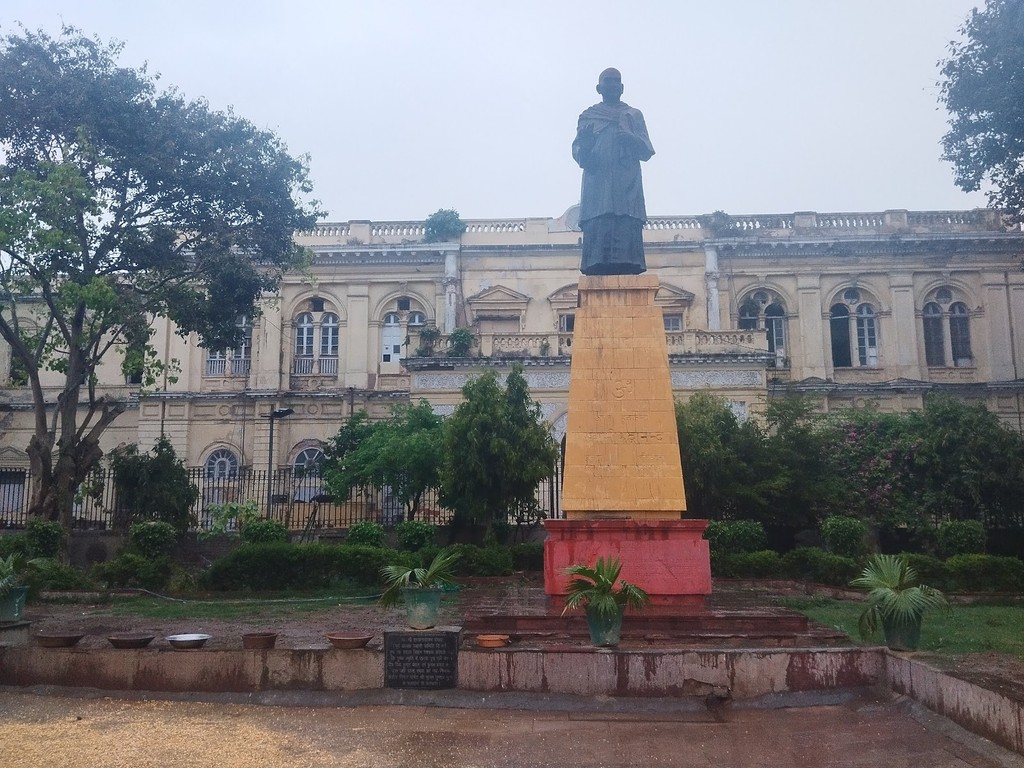
Chandni Chowk (Source: Google Maps)
Chandni Chowk is one of Delhi's oldest and busiest markets, steeped in history and culture. Established in the 17th century by Mughal Emperor Shah Jahan, it was originally designed as a marketplace that reflected the grandeur of Mughal architecture. Today, it remains a vibrant hub of activity, known for its narrow lanes lined with shops selling everything from traditional Indian clothing to spices and street food. The market is a melting pot of cultures, where one can experience the authentic flavors of Delhi through its famous street food, including parathas, jalebis, and chaat. Chandni Chowk also houses several historical landmarks, making it a perfect blend of commerce and culture. Its lively atmosphere, rich history, and culinary delights make it a must-visit destination for both locals and tourists.
Jama Masjid
Just a short walk from the Red Fort, visit Jama Masjid, one of the largest mosques in India, showcasing stunning Mughal architecture.
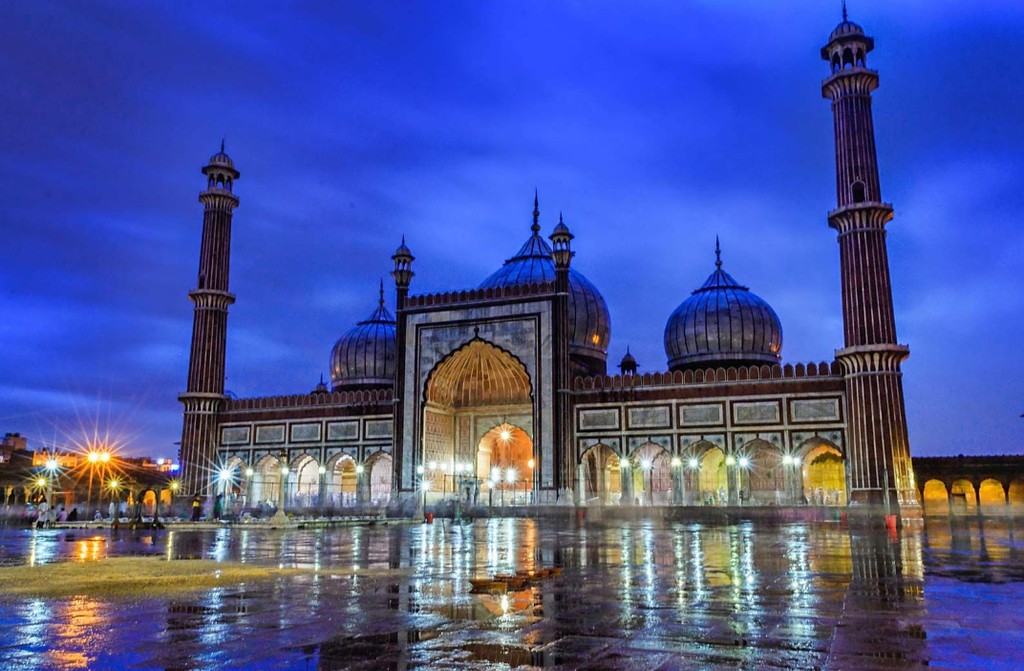
Jama Masjid (Source: Google Maps)
Jama Masjid, one of the largest mosques in India, is an architectural marvel located in the heart of Delhi. Commissioned by Emperor Shah Jahan in 1650, it showcases exquisite Mughal architecture, with its grand domes, towering minarets, and intricate marble inlay work. Capable of accommodating thousands of worshippers, the mosque is an important religious site for Muslims and a significant tourist attraction. The courtyard, flanked by beautiful arches and intricate calligraphy, provides a serene space for prayer and reflection. Visitors can climb the southern minaret for a breathtaking panoramic view of the surrounding area. Jama Masjid stands as a testament to India's rich cultural heritage and the artistic brilliance of the Mughal era, making it a pivotal landmark in Delhi.
Raj Ghat
Walk to Raj Ghat, the serene memorial dedicated to Mahatma Gandhi, set amidst tranquil gardens.
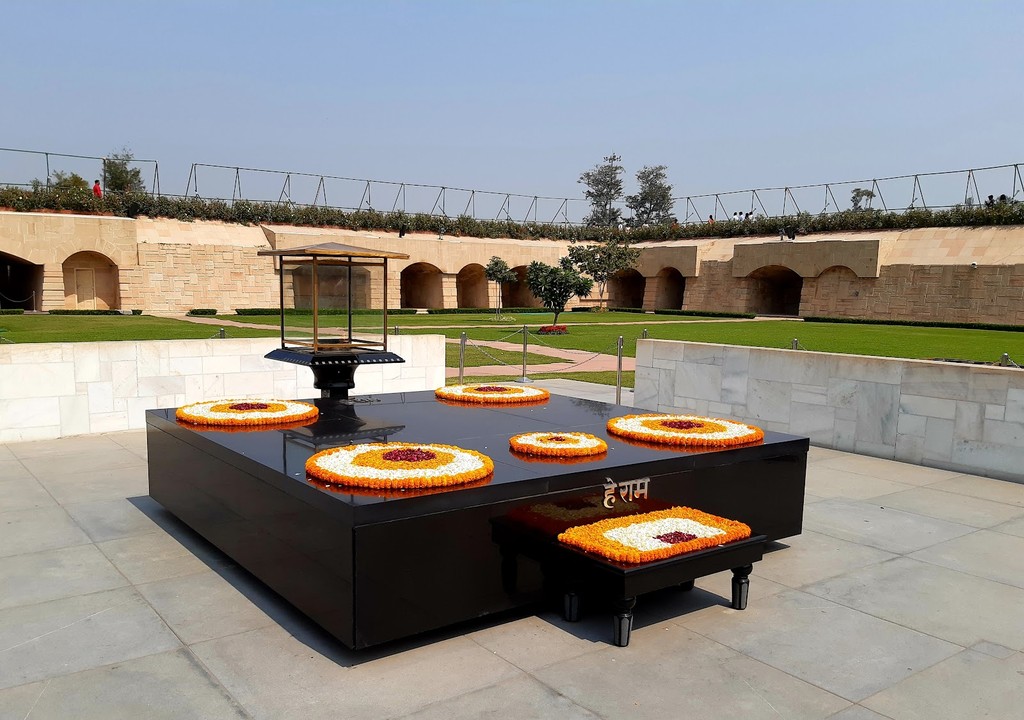
Raj Ghat (Source: Google Maps)
Raj Ghat is a memorial dedicated to Mahatma Gandhi, located on the banks of the Yamuna River in Delhi. It is a serene and tranquil site, marked by a simple black marble platform that holds the eternal flame in memory of the Father of the Nation. The site was chosen for its peaceful ambiance, reflecting Gandhi's philosophy of non-violence and simplicity. Surrounded by lush gardens and pathways, Raj Ghat attracts visitors from around the world who come to pay their respects to Gandhi and reflect on his teachings. The memorial is also part of a larger complex that includes memorials for other Indian leaders, highlighting the country's struggle for independence. Raj Ghat serves as an important reminder of Gandhi's legacy and the enduring impact of his principles on modern India.
National Gandhi Museum
Close to Raj Ghat, visit the National Gandhi Museum to delve deeper into the life and teachings of Mahatma Gandhi.
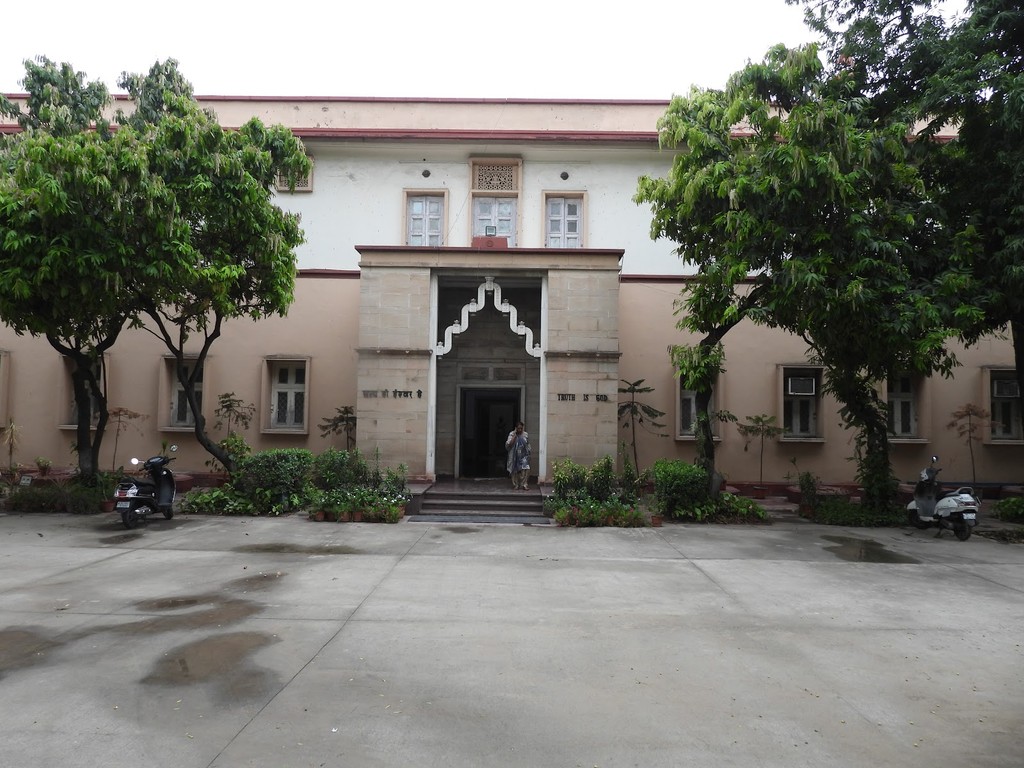
National Gandhi Museum (Source: Google Maps)
The National Gandhi Museum, located near Raj Ghat, is dedicated to the life and teachings of Mahatma Gandhi. It houses a vast collection of photographs, documents, and personal artifacts that chronicle Gandhi's journey from a young lawyer to a global icon of peace and non-violence. The museum's exhibits provide insights into Gandhi's philosophies, his role in India's freedom struggle, and his impact on civil rights movements worldwide. One of the highlights is the original blood-stained garment worn by Gandhi at the time of his assassination, which serves as a poignant reminder of his sacrifice. The museum also features a library and a serene garden, offering a space for reflection and learning. It is an essential visit for anyone looking to understand the profound influence of Gandhi's ideals on contemporary society.

Your travels, your rules.
Create your own Free Walking Tours.
Set your preferences, distances and anything you want to do or see.
Completely free, no payment required.